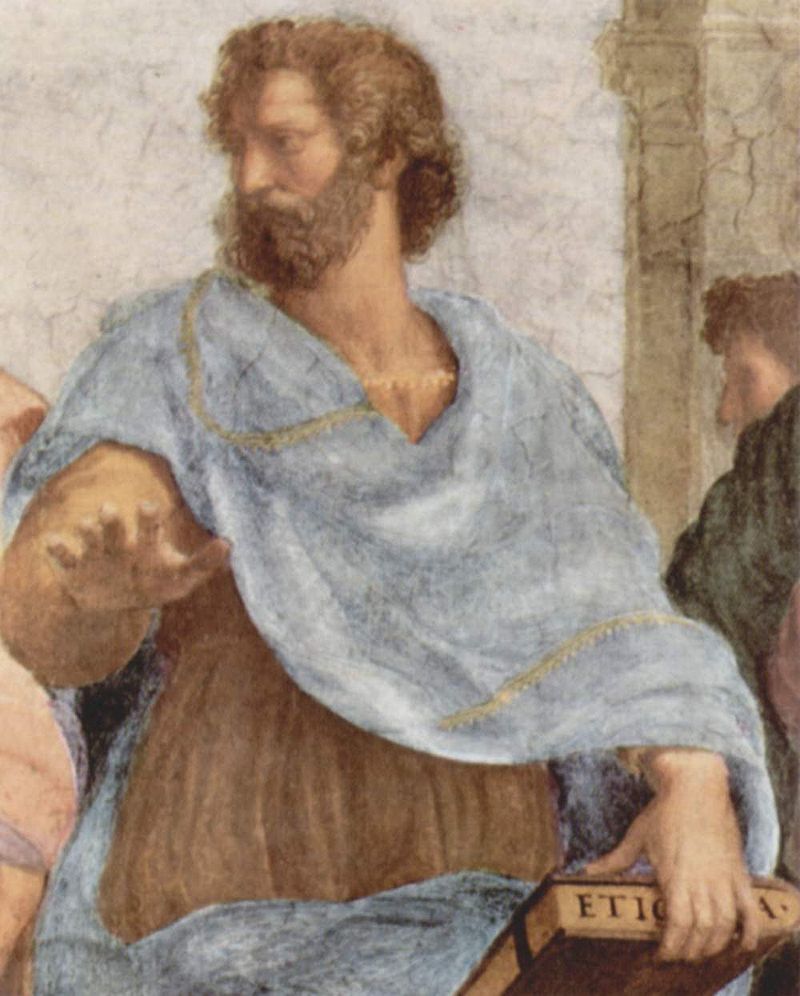Mulholland Drive by David Lynch is one reason why I increasingly favor film as a superior art form.
"Llorando"
why you must see Lynch
A superb film depiction of the blurry divide between dream and reality:
Mulholland Drive by David Lynch is one reason why I increasingly favor film as a superior art form. In this scene, a singer at Club Silencio (Rebekah Del Rio) sings "Lllorando," a turning point in the film's plot. The scene is a dividing line between the character Diane/Betty's dream world, and her awake world. When you see Betty's face, her tears, she realizes all has been a dream - the shocking intrusion of reality into her constructed fantasy world - and her coming to grips with her complicity in the murder of her unrequited lover and femme fatale Rita. When I watch this scene all the painful memories of past loves comes rushing into my body and I choke up. Notice at the end. The final sequence is important. The singer collapses (the dream has ended) but her voice remains (the fantasy persists). Both women cry. Diane/Betty reaches into her purse and pulls out the blue box; the blue box is the film's MacGuffin; the hidden object we desire to learn its meaning, but in the end rather meaningless. Similar to most dreams, I guess. The scene reminds me of a person who goes to bed with serious guilt in their heart; uses dreams to escape their guilt, but in the end, the dream collapses on itself and reveals nothing in the end, no salve to take away the irreparable act. The film is tragic in the end. I don't want to reveal too much ... you just gotta see this film.
Credits:
"Club Silencio"
Muholland Drive (2001) directed by David Lynch.
Laura Harring
Naomi Watts
Rebekah Del Rio









